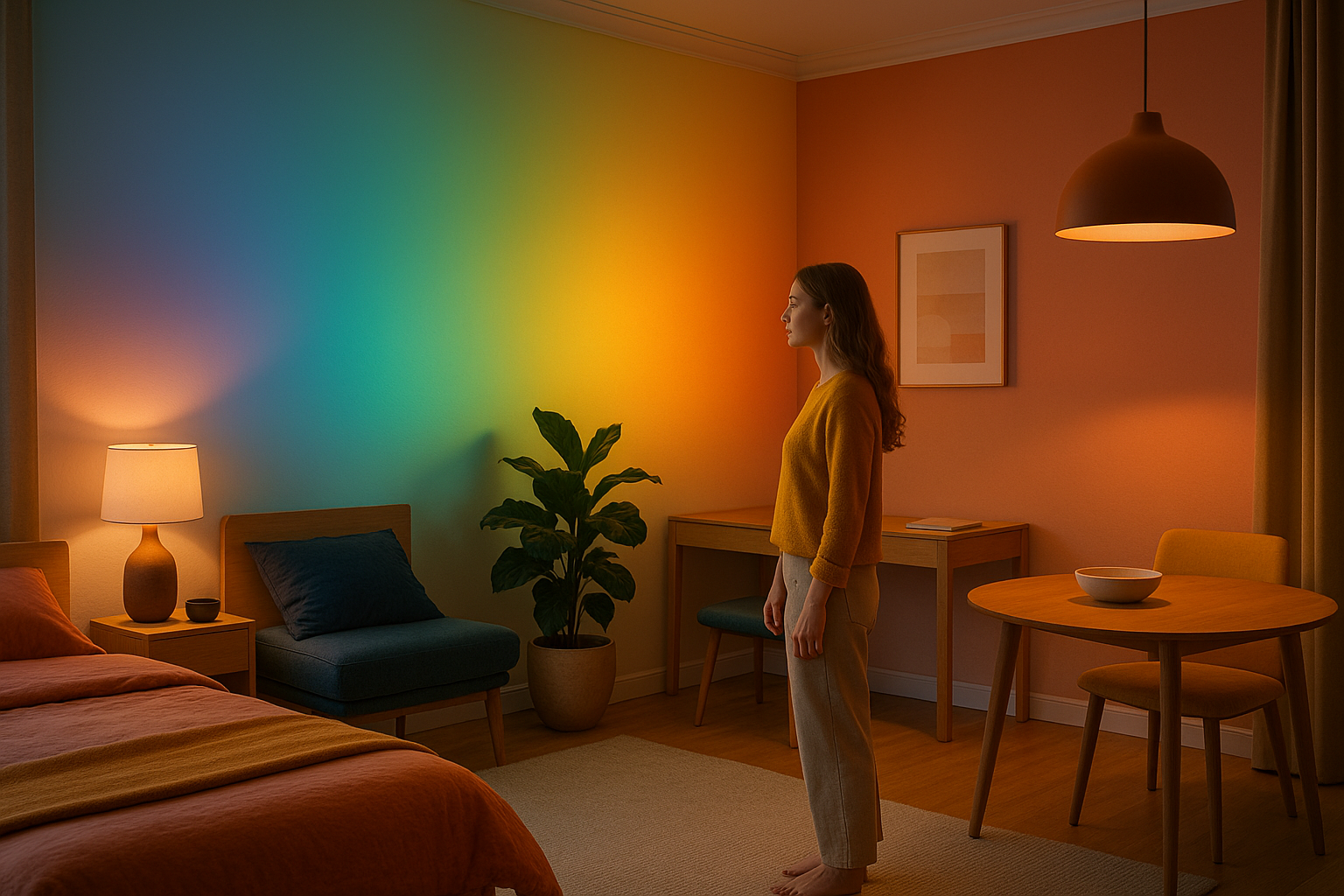Practical indoor plant care to support air quality
Proper indoor plant care supports healthier-feeling interiors by combining suitable species selection, balanced watering, appropriate containers and soil, and attention to lighting and pests. Thoughtful placement and regular maintenance help plants thrive and contribute to indoor air quality and comfort.

Healthy indoor plants depend on consistent attention to basic needs: species suited to the space, well-chosen containers and soil, appropriate lighting, and careful irrigation. This article provides practical guidance for maintaining plants in interiors so they remain vigorous and able to contribute to improved air quality through normal physiological processes like transpiration and particulate settling. The focus is on reliable, verifiable steps rather than claims about pollutant removal.
This article is for informational purposes only and should not be considered medical advice. Please consult a qualified healthcare professional for personalized guidance and treatment.
Plant care routines
Establishing simple, repeatable plant care routines prevents common problems that reduce plant vigor. Inspect plants weekly for yellowing leaves, drooping stems, or signs of pests; rotate containers to promote even growth toward light sources; and prune dead foliage to maintain airflow around crowns. Wiping broad leaves with a damp cloth reduces dust buildup that can block stomata and impede gas exchange. Grouping compatible plants can increase localized humidity, which benefits many tropical houseplants. Routine attention also makes it easier to schedule repotting, compost additions, or mulch refreshes when required.
Air quality and plant selection
Choose species that match the light, temperature, and humidity available in your interiors. Native plants adapted to local climate conditions often need less intervention and tend to be more resilient to pests and variable care. Select plants with foliage suited to your goals—larger leaves can trap dust more effectively, while plants with moderate transpiration rates help maintain stable indoor humidity. Avoid suggesting that any single plant will eliminate pollutants; healthy plants contribute indirectly to a more comfortable indoor atmosphere by stabilizing humidity and capturing particulates when leaves are clean and intact.
Containers and potting choices
Container selection influences drainage, root health, and watering frequency. Use pots with drainage holes to avoid waterlogged soil and match pot size to the root ball to prevent excessive moisture retention. Unglazed terracotta allows soil to dry more quickly and can help prevent overwatering issues, while plastic pots hold moisture longer and can be useful in drier interiors. When repotting, use a quality potting mix rather than garden soil, and incorporate compost cautiously to add nutrients and beneficial microbes without overloading the mix. Consider planter aesthetics and hardscape placement so containers integrate with your interior design while meeting plant needs.
Soil, compost and mulch
A balanced potting mix provides drainage and aeration; typical blends include peat or coir, perlite or pumice, and a modest portion of compost. Compost enhances nutrient levels and supports microbial life, which aids root function, but excessive compost can retain too much moisture. Mulch—such as small bark chips—applied in a thin layer on the soil surface can reduce surface evaporation, suppress dust, and discourage some pests; refresh mulch when it decomposes. Avoid compacted garden soil in containers because it limits airflow and can harbor pathogens. Regularly check soil structure to ensure roots are healthy and not constricted.
Irrigation and pest management
Water based on plant species, container size, and soil type rather than a rigid schedule. Test the top inch of soil for dryness before watering, and adjust for seasonal changes in light and indoor humidity. Overwatering is a leading cause of root rot and can increase vulnerability to fungal pests, while under-watering stresses plants and may invite sap-sucking insects. Inspect plants routinely for common indoor pests—scale, spider mites, and aphids—and address infestations early with mechanical removal, horticultural soaps, or targeted biological controls. Keep the area around pots tidy, remove fallen leaves promptly, and sanitize tools to reduce pest transmission.
Lighting, interiors and landscaping
Map natural light patterns in your rooms to match plants to appropriate spots: bright light near east, south, or west windows suits many species, while north-facing areas favor low-light plants. Supplement natural light with full-spectrum grow lighting when necessary; choose fixtures that provide the right intensity and duration for your plants. Avoid placing plants in drafts or directly next to heating and cooling vents, which can cause temperature stress and reduce transpiration efficiency. Coordinate plant placement with interior landscaping and hardscape elements to create stable microclimates that support plant health and integrate greenery into living spaces effectively.
Conclusion Practical indoor plant care that supports air quality centers on selecting species suitable for your interiors, providing the right containers and soil, managing lighting and irrigation carefully, and keeping pests under control. Regular maintenance—wiping leaves, rotating containers, refreshing compost or mulch, and monitoring soil moisture—keeps plants healthy so they can contribute to a more comfortable indoor environment through improved humidity regulation and particulate management.





